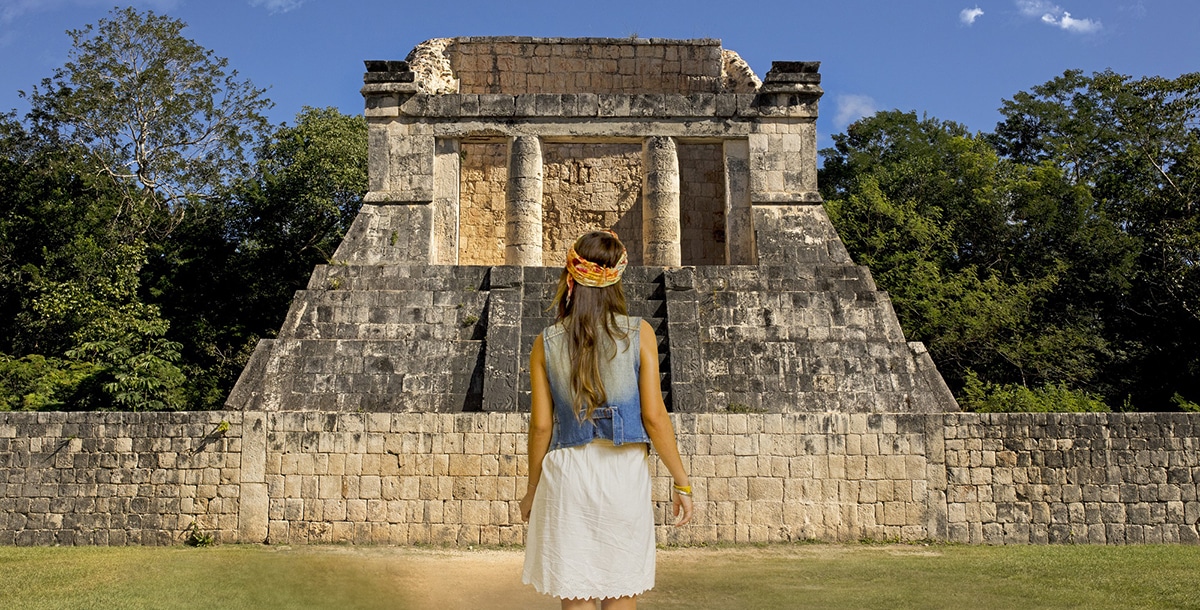
Mexico It is a very touristy country, with thousands of years of history and wonderful landscapes. One of its most popular resorts is the Yucatan peninsula, an amazing site with natural and archaeological treasures that make our trip unforgettable.
Yucatan, then, is our travel destination today.
The Yucatan peninsula
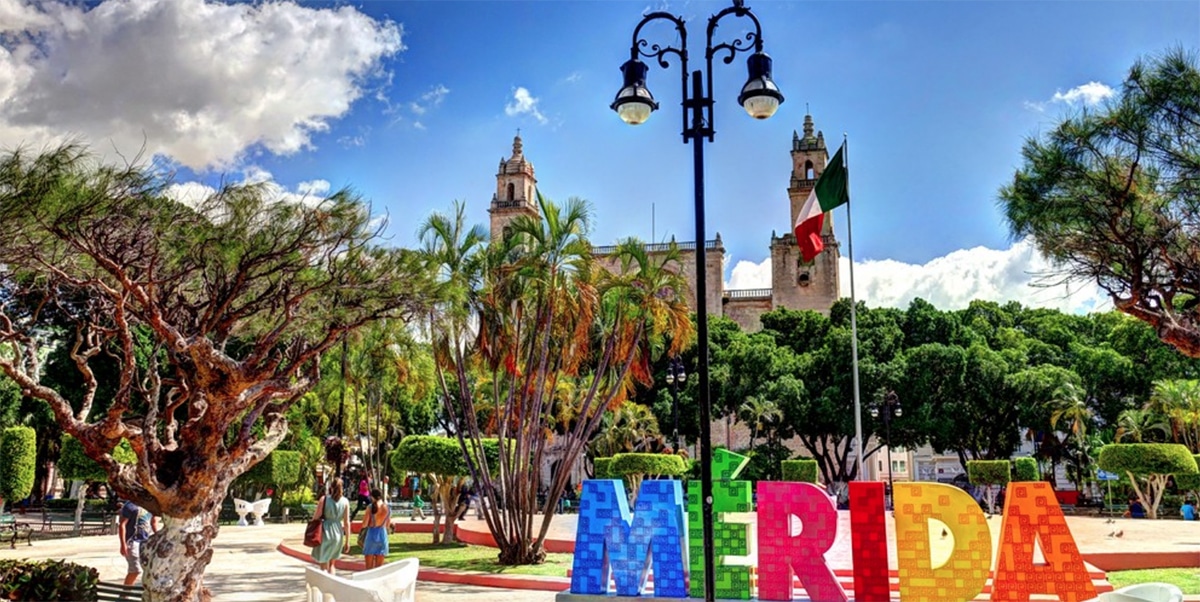
This peninsula is made up of three states, Yucatán itself, Quintana Roo and Campeche, within what is Mexico, because also here is Belize and part of Guatemala. The capital of the state of Yucatán is Mérida.
Before the arrival of the Spanish to this area it was known by the name Mayab (not many, its meaning), and was very important to the Mayan civilization. So the peninsula is where the important cities of Izmaal, Chichen Itzá or present-day Mérida, formerly called Ichcaanzihóo, were.
After the collapse of this civilization, many of these cities and others were abandoned and others still survived until the arrival of the Spanish, at the beginning of the XNUMXth century. Hence the region is an important place of archeological sites corresponding to different periods of Mayan development.
Here does very hot in summerWe are in the Tropic of Cancer, so on average throughout the year there is a temperature of 24ºC, although it explodes in the summer months in the northern hemisphere. It is not a territory of lakes or lagoons or rivers, but it is has a rich underground water network and that's why there caves and cenotes, Thousands.
Yucatan Tourism
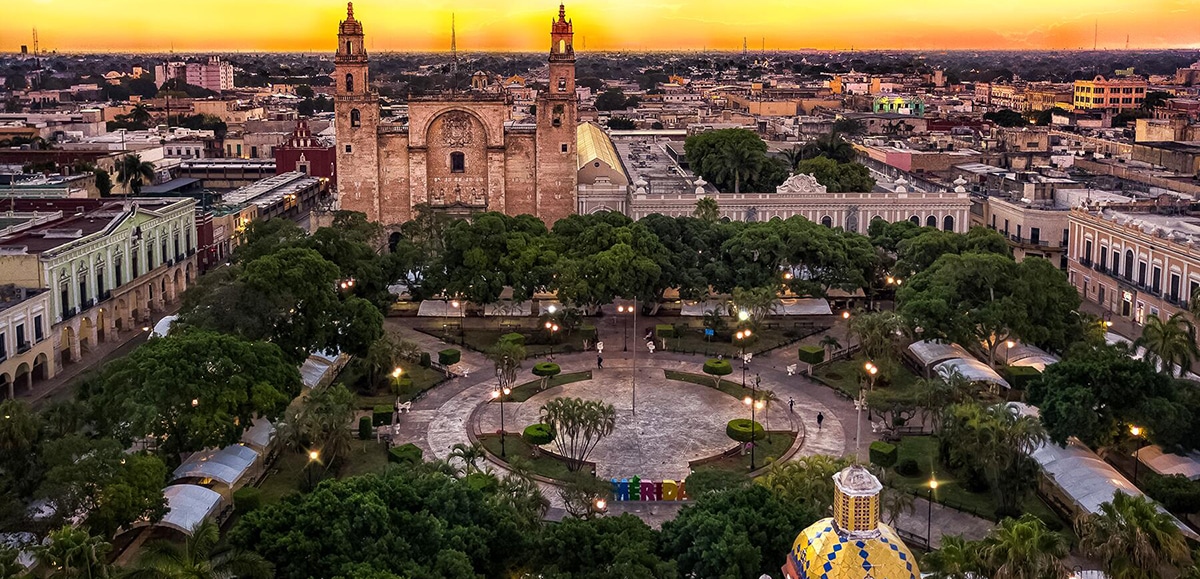
The most important cities of the state are its capital, Mérida, Valladolid and Ticul. The capital is known as the White City and it is a very quiet place. The Spanish founded it in 1542 on the Mayan city of Toh, still visible in the vicinity of the Plaza Grande.
A walk through Mérida you have to include your historical Center and here are some of its best buildings: the government palace, House of Montejo, Twin Houses or the Cathedral of San Idelfonso. Montejo was the Adelantado in charge of distributing the lands and the family home was completed in 1549, after his death. You can find this antique on Calle 63, by 60 and 62.
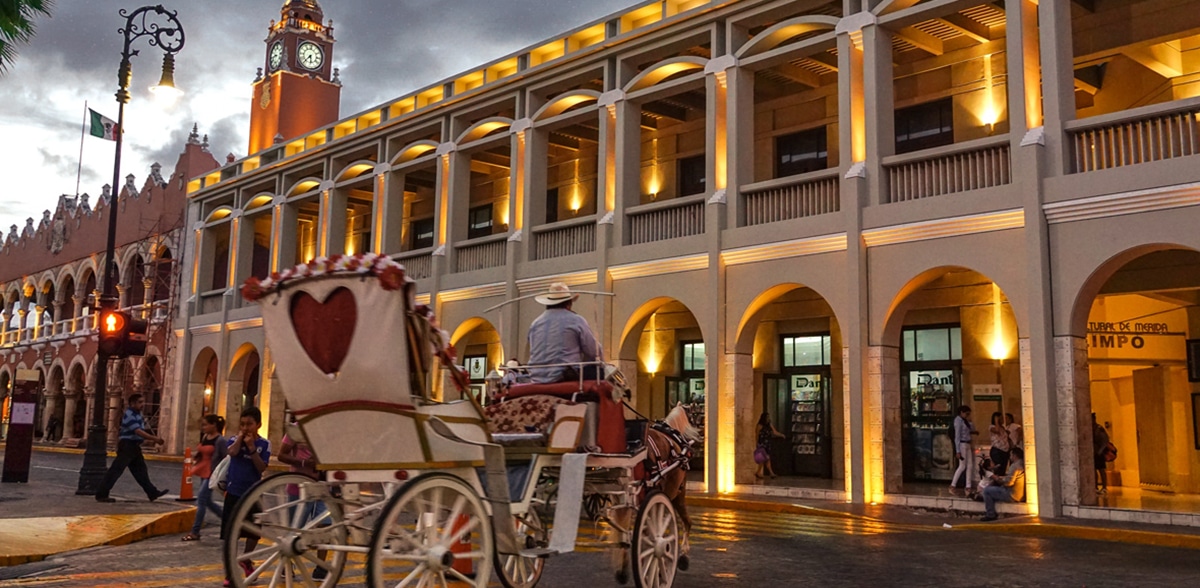
The Cathedral of San Ildefonso is the first cathedral built in all of Latin America and the oldest in Mexico. Construction was completed in 1598, it has three naves and three chapels, two Moorish-style towers and a dome with pillars and arches. The facade is Renaissance and you find it in front of the Main Square, the plinth de la ciudad.

For its part to the city of Valladolid It is known as the Sultana of the East. It is also very old since it was founded in 1543 about the Mayan city of Zací. Typical walks here include the former Convent of San Bernardino, the Calzada de los Frailes, so colorful, the Church of San Servacio, the Agave Distillery, the Municipal Palace or the Artisan Center.
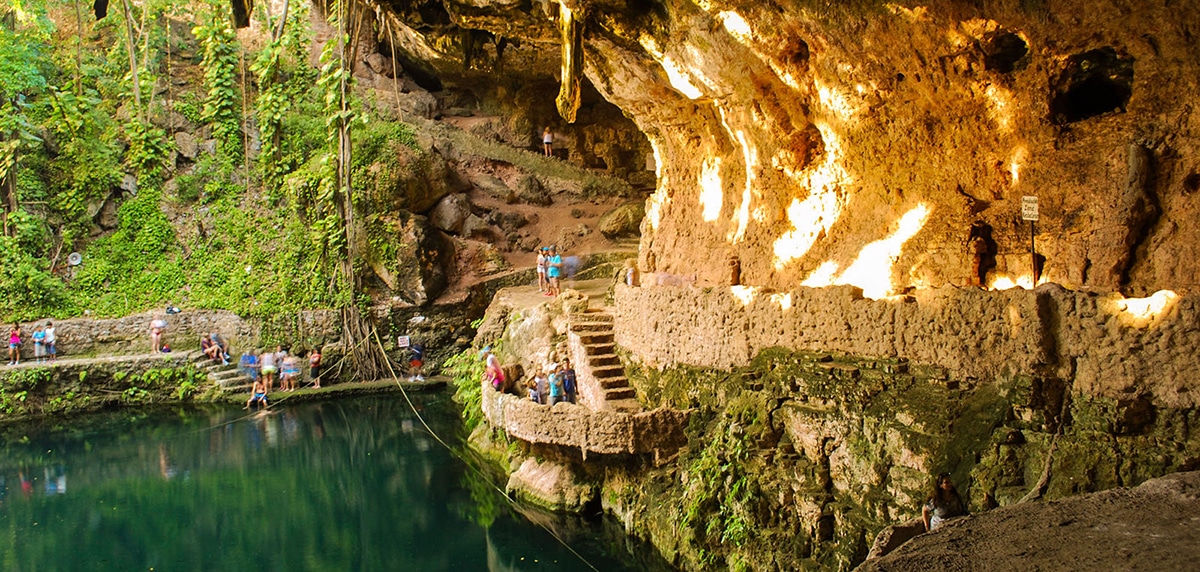
In addition to the cultural and architectural attractions, in the city itself there are a handful of some of the thousands of cenotes or underground water wells in Yucatán. They are the Zací cenote, el X'kekén, samula and Suytun. And in the surroundings there are others, the Cenote Xcanché and the Hubik. There are also a couple of important archaeological sites, the Archaeological Zone of Cobá and that of Ek Balam.
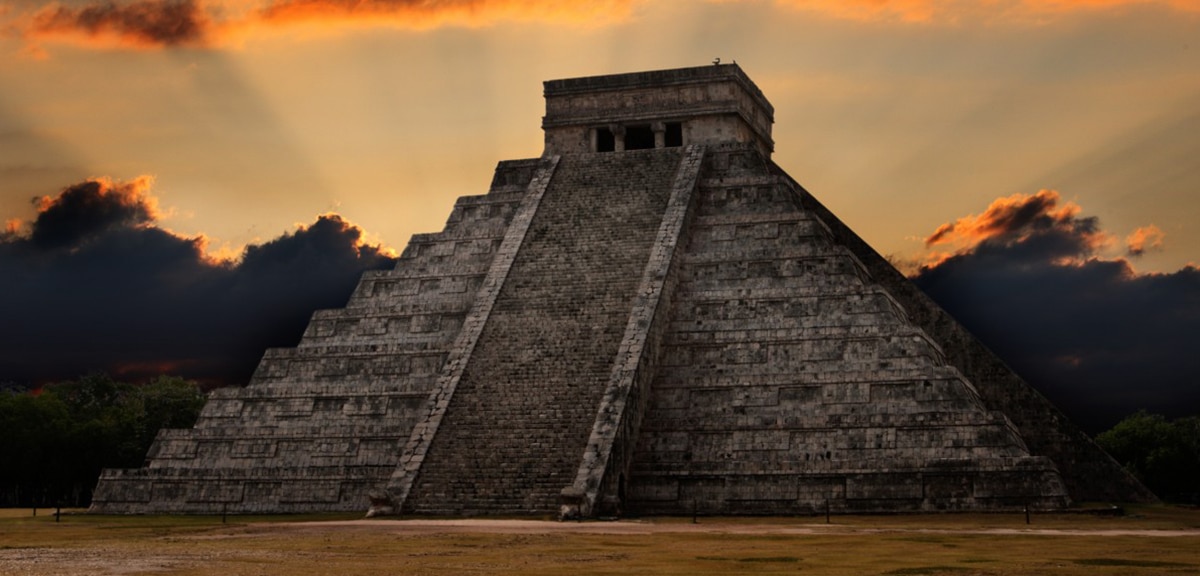
And obviously, it is also close Chichen Itza. The ruins are on the road to Cancun, 120 kilometers from Mérida. In its heyday the city spanned 25 square kilometers and was an important religious and administrative center, inhabited by the elite in brightly colored palaces. Around it, it is estimated that between 50 and 60 thousand people lived, like a modern city.
In the ruins stands out the Kukulcán Castle 30 meters high, and here if you arrive at sunset you can enjoy any night of the year the light and sound show. Other important buildings are the Steam Bath, the Market, the Temple of the Warriors, the Platform of Venus, the Sacred Cenote, the Platform of the Jaguars and Eagles, the Platform of the Skulls, the Ball Court, the Observatory, the House Colorada, the Cenote Xtoloc ...
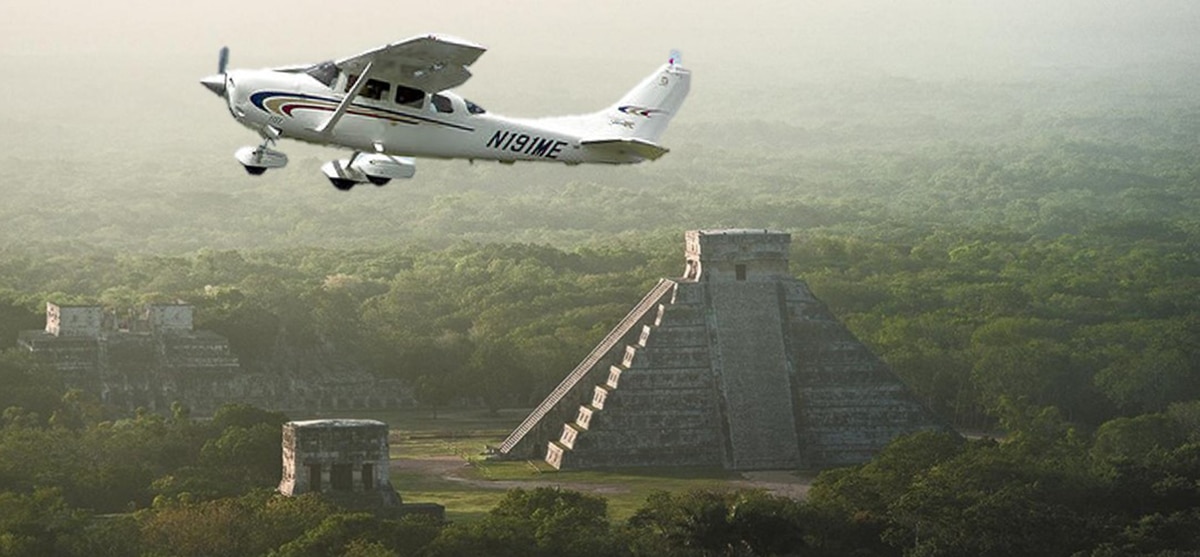
There are flights by plane over Chichen Itza, there are the Kukulkán Nights of which I spoke before and close, the Balamkanché Grottoes, for example. Chichen Itzá is also not far from another town in Yucatán, Izamal, dubbed Pueblo Mágico.
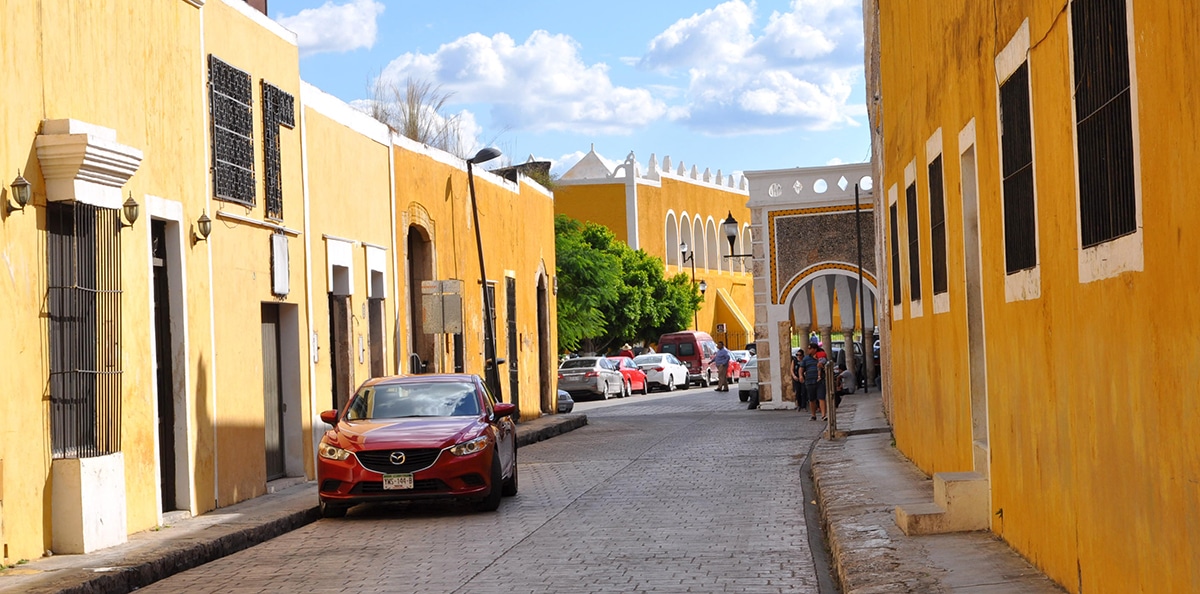
Izamal she owns three cultures, the pre-Hispanic, the colonial and the modern. Is a yellow city, many, if not all of its houses have been painted in this color since 1993, when John Paul II visited it (yellow is the color of the Vatican). In Izamal you can visit the Convent of San Antonio de Padua, Plazuela de la Cruz, Plaza de la Constitución, the Artisan Cultural Center for shopping and the Pyramids of IzamalCourse.
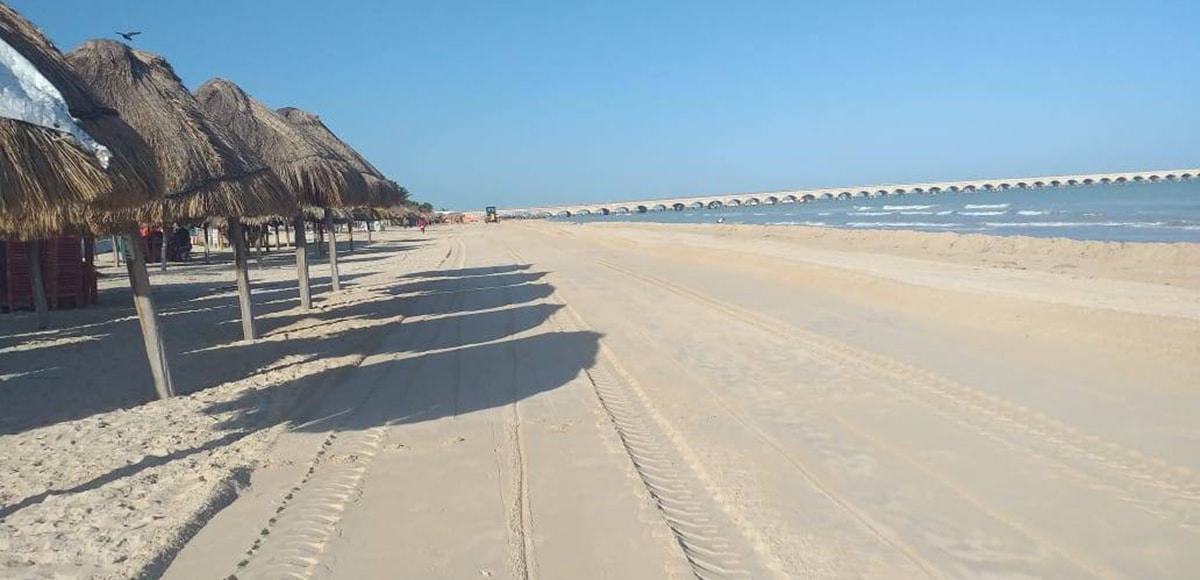
A good walk in Izamal is to climb into a buggy and let them take you through the colonial streets. But besides these cities, what is there in Yucatan? Well, beaches, farms, convents, caves and caves! Let's start with the beaches: the state's coastline has more than 378 kilometers of turquoise waters.
One of the most popular beaches is the Progreso Beach, the state's port of entry. It has a beautiful boardwalk, from where you can see the cruise ships arriving, and it has a plaza, market, restaurants and shops. It is a popular destination with locals, just 36 kilometers from Merida. 90 kilometers away there is another beach, Celestún.
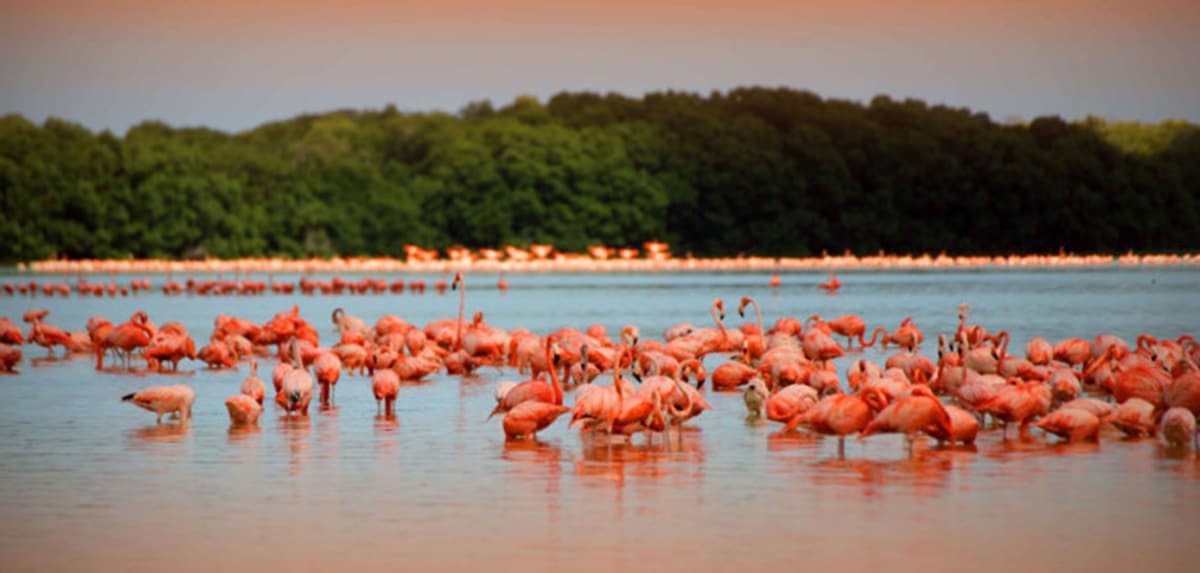
Celestún is land of pink flamingos, thousands every day. You can rent a boat and walk through the mangroves and sunbathe in beaches with coconut palms. Another destination to see flamingos and crystal clear waters is Telchac, 65 km from Mérida. From here you can go out to know other beaches such as Santa Clara, Dzilam de Bravo or Crisanto. Telchac is a Fishing port very picturesque with white beaches.
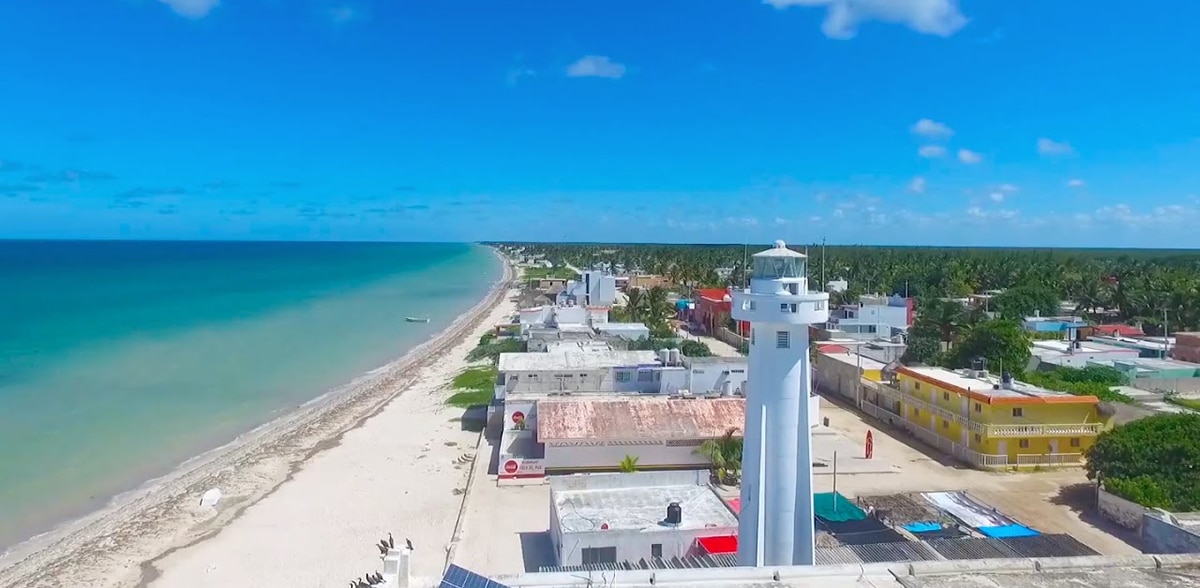
Another interesting site is Las Coloradas Beach, Protection Zone for Sea Turtles since the 80s. There are three species of tortoises out of the seven sea turtles what's in the world. So there are no shops or markets, but there are stalls that get you out of the way to spend the day.
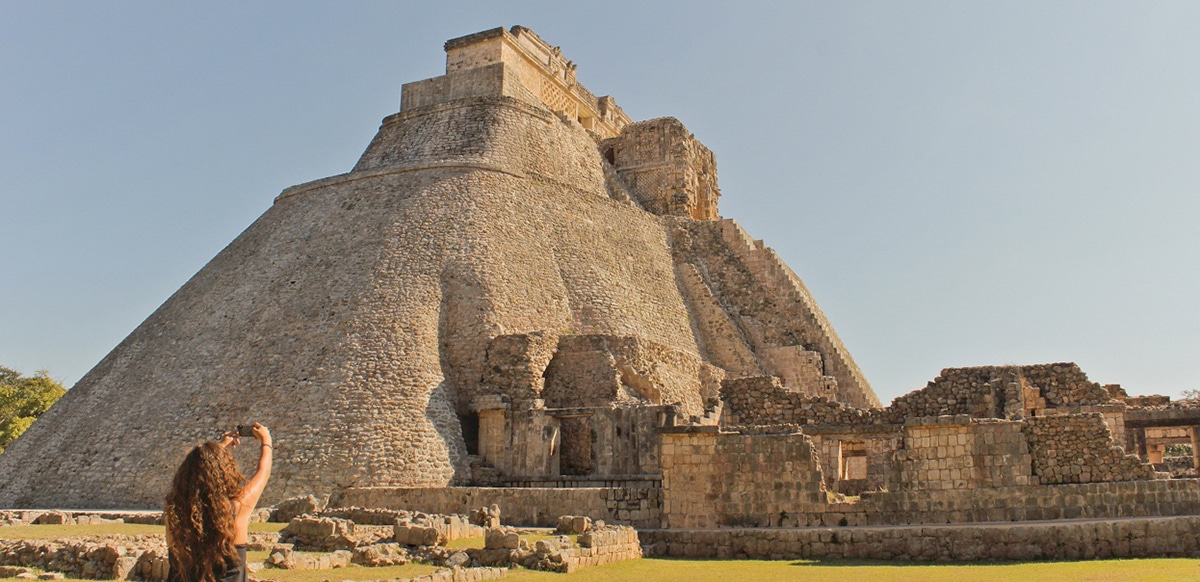
A look at Maya world In addition to Chichen Itza, it includes Uxmal, Ek Balam, Mayapán, Chacmultún, Dzibilchaltún, Xcambó or the Puuc Route. If you like cenotes and its aquatic attractions then in Yucatan are the following: Cuzamá, Lol Ha, Sambula, Ik kil, the open-air Sacred cenote, X'keken which is cavern style, Samula, Zcí, Yodzonot, Uinic, Santa Rosa, Balmi, Canunché , San Ignacio, Xcanché or Chiquila, among others, some cavern type, others open or semi-open.
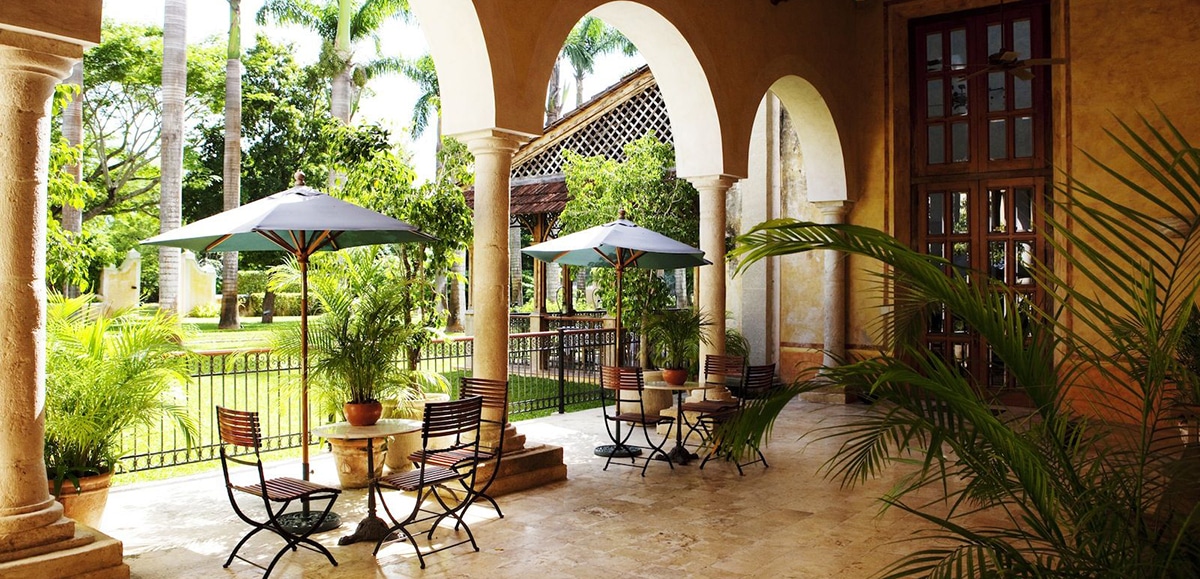
From the colonial era the legacy is the heneque farms, dedicated to the Henequen fiber industry, already supplanted by the synthetic. Many today can be visited on tour. They have been built between XNUMXth and XNUMXth centuries, in the era of green gold. The most popular haciendas are the Hacienda Xcanatun, from the XNUMXth century, today a hotel, the Making Temozón Sur, 45 km from Mérida, the Santa Rosa de Lima Farm of the eighteenth century also dedicated to the cultivation of aloe vera or Hacienda Yaxcopoil, with its poplars.
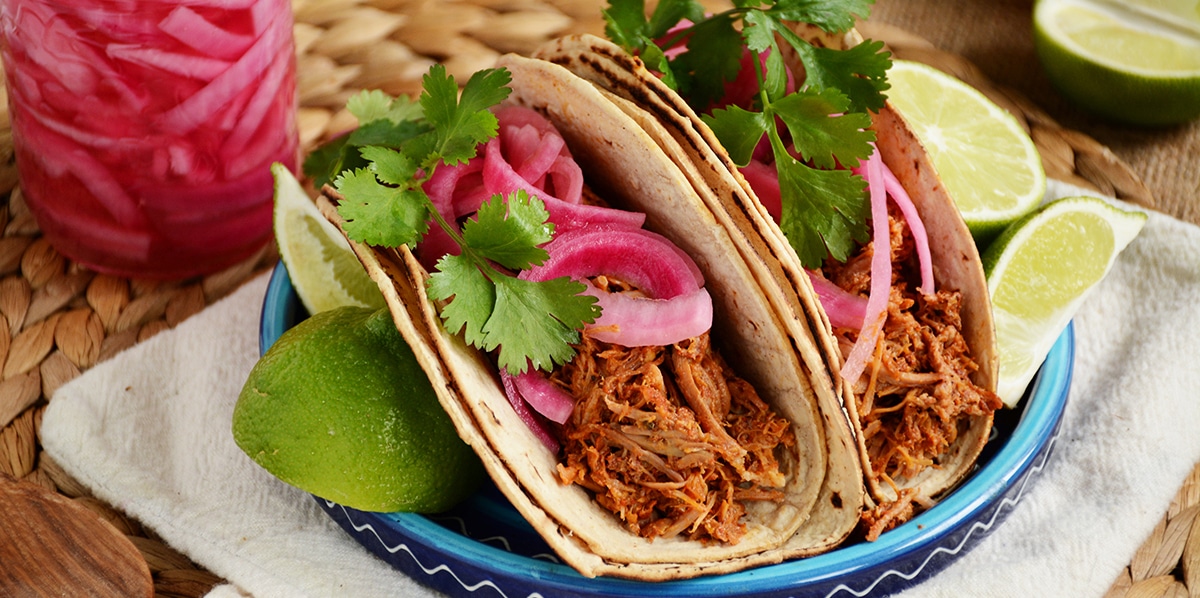
There are many more that open their doors either as hotels or day trips. These haciendas are also good places to try some of the best Yucatan gastronomy, based on turkey meat, corn, tortilla, chilies, beans, avocados, tamales, tacos and snacks.
As you can see, the state of Yucatán is very complete when it comes to delighting the traveler. Combine nature, colonial cities, flamingos and turtles, Mayan ruins, caverns, cenotes and delicious food. The starting point is usually Mérida so enjoy your next adventure.